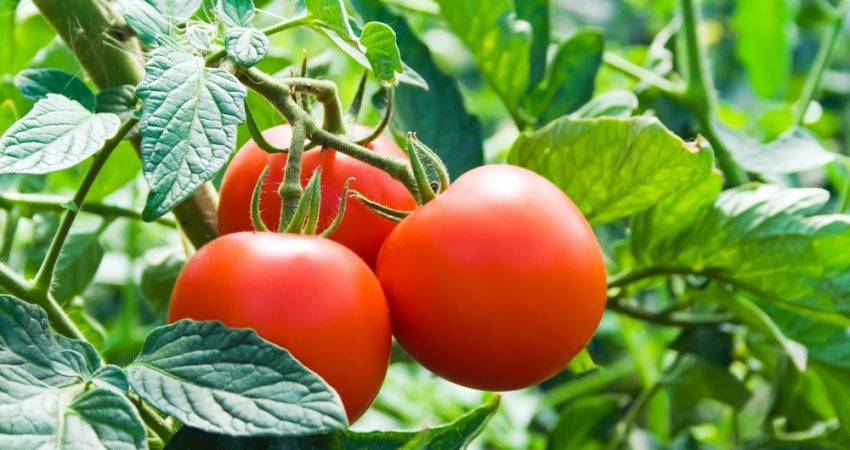
Wood Ashes can be a great addition to your tomato garden as they will aid fertility. Wood ash is rich in potassium or potash which is a vital nutrient for crops. Now you must be wondering as to how to utilize all the wood ash effectively?
The most important thing here is that 'wood-ash' should be handled with proper care. Never place hot wood ash in your garden as it’s dangerous to your tender tomato plants and you run the risk of starting a fire. Therefore, always allow it to cool completely before use. And of course, always wear some kind of protection when handling wood ash.
Uses of Wood Ash in Tomato Garden:
There are various uses of wood ash in your tomato garden (and elsewhere) that’ll boost your plant's growth and allow them to flourish fully. Wood ash plays important role in tomato cultivation.
1. Wood Ash as Fertilizer:
-
Wood ash has several nutrients that your tomato plants will be ready to absorb. The levels of these nutrients may vary depending on the type of wood you burn- hardwood or softwood. Some suggest hardwood has more nutrients as compared to softwood.
-
But, it doesn't matter what you use, it'll likely be rich in calcium, potassium, and magnesium. A good amount of calcium not only keeps your tomatoes healthy but also prevents blossom end rot if your soil is calcium-deficient.
-
Potassium is even more crucial to increase the yield of plants. It plays an even much bigger role than calcium in the overall health of your tomatoes and the coloring of it and low levels of potassium in your soil lead to blotchy tomatoes and increases the possibilities of yellow shoulders.
-
Magnesium is another essential nutrient for keeping tomato plant leaves green & strong so they continue to soak up sunlight. Yellow-colored and curled leaves are a sign that your soil is deficient in magnesium.
2. Wood Ash in your Compost Heap:
-
Wood ash is alkaline in nature so it makes a great addition to your compost heap. Adding dried and cooled ash to your heap, along with the other necessary materials is important for your tomato garden.
-
It is recommended once a month for active or hot compost piles. For cold or rarely used compost heaps, throw in your ash and materials in summer or spring.
3. Wood Ash for Soil pH:
-
Tomatoes are nutrient-hungry plants and it's very cautious when it comes to their soil needs. Not only that, pH is just as important soil factor as an abundance of nutrients. Tomatoes tend to prefer slightly acidic soil, with a pH of just below 7.
-
Highly alkaline or acidic soil tends to negatively affect nutrient levels. If you ever find your tomatoes aren't looking good, test the soil pH. If it is below 6, the soil is far too acidic for your tomatoes to flourish properly.
-
Limestone, in powdered form, is mostly used to enhance the levels of pH, but why not use wood ash? It is found that agricultural lime can take months for the desired changes in pH value of soil, while wood ash, being water-soluble and containing lime as well as other nutrients, is far speedier. It would not change the pH too drastically either, so you won’t be stuck with overly basic soil.
4. Wood Ash as Pest Repellent:
Wood ash is good at repelling pests as the presence of salt in the ash deters snails, slugs and a few soft-bodied insects like aphids.
Though, the repelling nature of wood ash does become ineffective the minute it gets wet. Sprinkle your dried wood ash around the base of your plants later in the day. Always remember, avoid getting the ash on the leaves and stems of your tomatoes to avert any unwanted damage.










